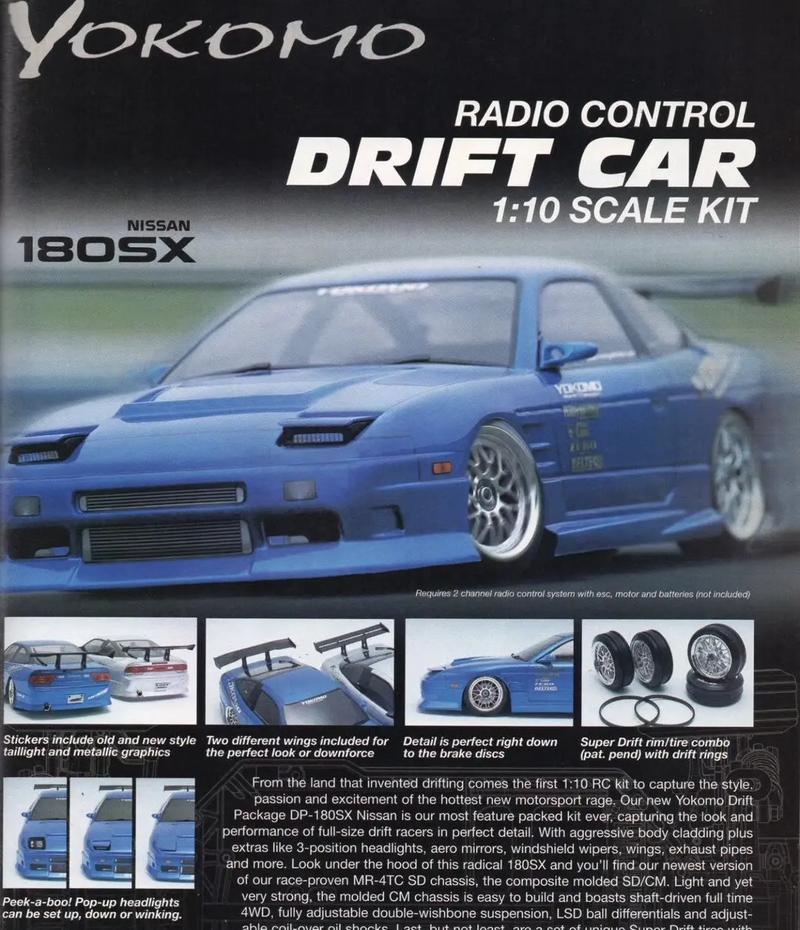Understanding the Market for Junk Cars
Before diving into the process of buying junk cars and making money, it’s essential to understand the market. Junk cars, also known as salvage vehicles, are cars that are no longer roadworthy and have been deemed a total loss by insurance companies. These cars can be purchased at a fraction of their original value and can be sold for various purposes, such as parts, scrap metal, or even rebuilt into a functional vehicle.
Locating Junk Cars for Sale
There are several ways to find junk cars for sale. Online platforms like Craigslist, eBay, and Facebook Marketplace are popular places to start. Additionally, you can visit local auto salvage yards, which often have a selection of cars available for purchase. Another option is to contact insurance companies directly, as they often have a list of cars that have been declared a total loss.
Assessing the Value of the Car
Once you’ve found a potential junk car, it’s crucial to assess its value. Consider the make, model, year, and condition of the car. You can use online resources like Kelley Blue Book or Edmunds to get an estimate of the car’s value before it was deemed a total loss. This will help you determine a fair price to offer the seller.
Negotiating the Purchase Price
Negotiating the purchase price is a key step in the process. Be prepared to offer a lower price than the assessed value, as sellers are often looking to get rid of the car quickly. Use your research and knowledge of the market to make a reasonable offer. Remember to leave room for negotiation, as the seller may counteroffer.
Understanding the Legalities
Before finalizing the purchase, it’s important to understand the legalities involved. Check with your local DMV to ensure that you can legally purchase and sell the car. You may need to obtain a salvage title, which indicates that the car has been declared a total loss. Additionally, be aware of any local regulations regarding the sale of junk cars.
Inspecting the Car
Before making a final decision, inspect the car thoroughly. Look for signs of rust, damage, and missing parts. Check the engine, transmission, and other critical components to ensure they are still functional. If possible, have a mechanic inspect the car to provide a professional opinion on its condition.

Purchasing the Car
Once you’ve negotiated the price and inspected the car, it’s time to purchase it. You can pay with cash, check, or even a bank transfer, depending on the seller’s preference. Be sure to get a receipt or bill of sale to document the transaction.
Disposing of the Car
There are several ways to dispose of a junk car. You can sell the car for parts, scrap the car for metal, or even rebuild it into a functional vehicle. Selling parts can be a lucrative option, as you can sell individual components like engines, transmissions, and body panels. Scrap metal prices can also be a good source of income, although it may not be as profitable as selling parts. Rebuilding the car can be a time-consuming process but can result in a higher return on investment if done correctly.
Table: Potential Earnings from Selling Junk Car Parts
| Part | Average Price | Quantity | Total Earnings |
|---|---|---|---|
| Engine | $500 | 1 | $500 |
| Transmission | $300 | 1 | $300 |
| Body Panels | $100 | 4 | $400 |
| Total | $1200 |
Conclusion
Buying junk cars and making money can be a profitable venture if done correctly. By understanding the market, locating potential cars, assessing their value, negotiating the purchase price, and disposing of the car effectively, you can turn a profit. Remember to research, be patient, and stay informed about the market to maximize your earnings.


